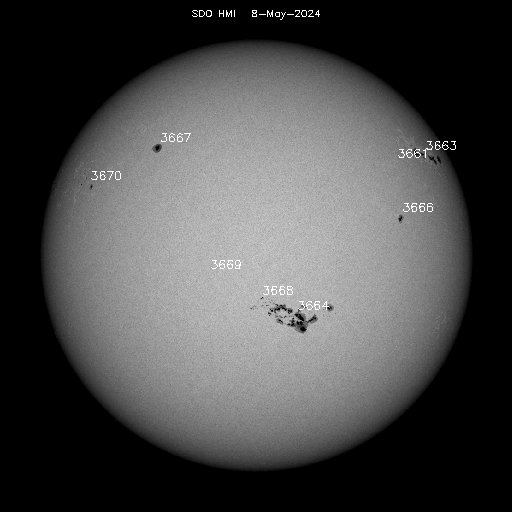Shortly after the last sunset, I tried to image Venus from Majadahonda to check if something could be discriminated in the atmosphere using the filters that I have. The camera was the usual Phillips Toucam Pro with the following set of filters: a hand-made NIR filter, RGB filters and an OIII emission filter. The telescope was my Celestron 8" SCT. As Venus is still very far from us, I used a 3x Barlow to increase as possible the size of the disk in the camera detector. The following image is the obtained visible image.
 As expected any atmosphere structure could be detected. The histogram can be equalized or streghtened but anything can be discriminated in the atmosphere disk. And the same happens with the other filters. Leo was very interested to check this in the NIR. The following image shows this.
As expected any atmosphere structure could be detected. The histogram can be equalized or streghtened but anything can be discriminated in the atmosphere disk. And the same happens with the other filters. Leo was very interested to check this in the NIR. The following image shows this. However, it is well known that the Venus atmosphere presents some UV absorvers. They are distributed in atmospheric dark bands that could be constituted by chlorine or/and sulfure compounds. It is known since the Mariner 10 captured the firsts closed images of the planet. At present, Venus Express is the spacecraft observing the atmosphere in UV to better understand the composition of these bands and their paper in the atmospheric circulation. So, I tried to isolate the small UV detection range of the camera combining the IR blocking and pass filters. However, anything was observable. It could be that the IR pass filter is very restrictive in the blue part of the spectra and it extends to the UV or that at the height of the observation place the UV absortion is very high, or that the exposures were under 1 sec and perhaps is necesary to take longer exposures to detect the small UV radiation and to exploit the small detection capacity of the camera... Who knows...
However, it is well known that the Venus atmosphere presents some UV absorvers. They are distributed in atmospheric dark bands that could be constituted by chlorine or/and sulfure compounds. It is known since the Mariner 10 captured the firsts closed images of the planet. At present, Venus Express is the spacecraft observing the atmosphere in UV to better understand the composition of these bands and their paper in the atmospheric circulation. So, I tried to isolate the small UV detection range of the camera combining the IR blocking and pass filters. However, anything was observable. It could be that the IR pass filter is very restrictive in the blue part of the spectra and it extends to the UV or that at the height of the observation place the UV absortion is very high, or that the exposures were under 1 sec and perhaps is necesary to take longer exposures to detect the small UV radiation and to exploit the small detection capacity of the camera... Who knows...



